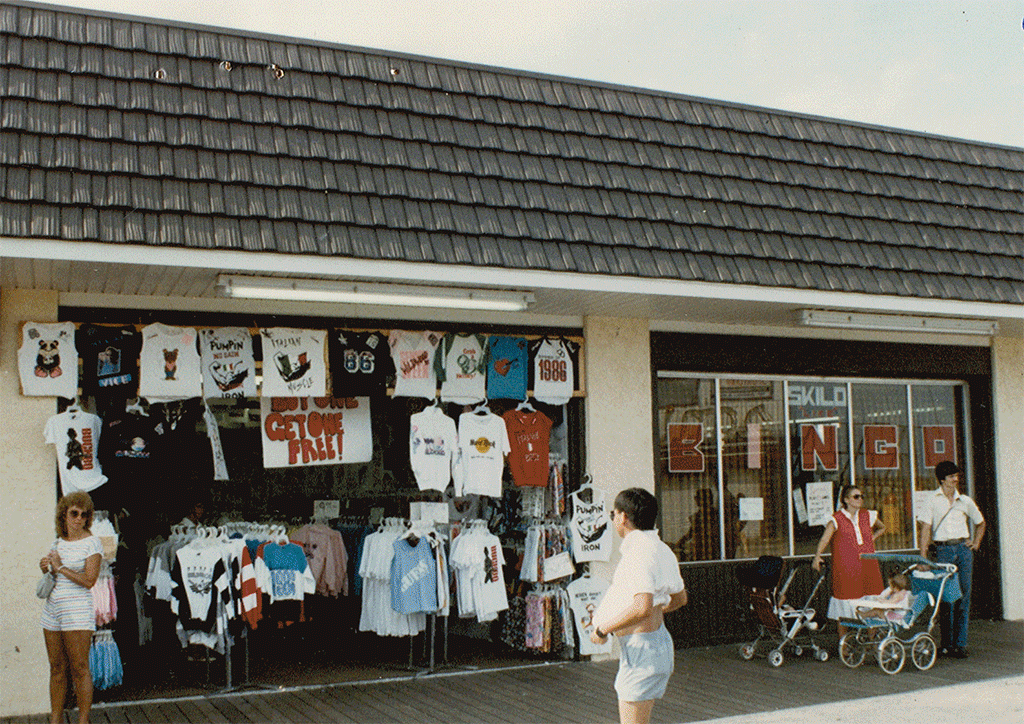
The summer of 1986 brought a new wrinkle to the endless battle between partying young vacationers and the authorities of Wildwood, New Jersey. A case from earlier in the decade made its way to an appeals court just before Senior Week 1986, with the court ruling that Wildwood could no longer hold people overnight for minor crimes.
The town, undeterred, vowed to press on against the partiers even though it could no longer jail them. “Kids would be gravely mistaken if they think that decision gives them a right to break the law,” then-City Council president Edward Herman told the Associated Press.
Herman was fighting a losing battle. Wildwood by the Sea, which chronicles the history of the four municipalities that make up the Wildwoods, goes into great detail about the problems of Wildwood in the 1950s: intoxicated travelers, litter strewn about the beach and boardwalk, public changing under the boardwalk. Special cops were brought in to deal with rowdy drinkers as early as 1949.
The city will probably never shake its rep as a party town. That’s part of its appeal to vacationers—the brazen tackiness and the lewdness of it all. It’s the same with the Wildwood boardwalk.
The Wildwood boardwalk in 1986 was not all that different from the boardwalk back when the town first exploded as a resort destination post-World War II. And the boardwalk, which travels through all of Wildwood and 10 blocks of North Wildwood, is definitely not all that different today.
I think so, anyway. But that assessment also sounds like the kind of hoary cliche journalists write without really checking into it, so I decided I would. I’ve been chronicling the tacky t-shirts they sell on the Wildwood boardwalk since 2012. It was time to compare them to some much older ones.
I received help from Taylor Henry, president of the Wildwood Historical Society and author of Wildwoods Houses Through Time. Henry was incredibly generous with her time and helped me scour the Wildwood Historical Society archives, which contained a property records survey done by North Wildwood in late summer 1986. I salute Henry, as well as the anonymous bureaucrat who took these photos and the people who digitized them years later. This column couldn’t exist without them.
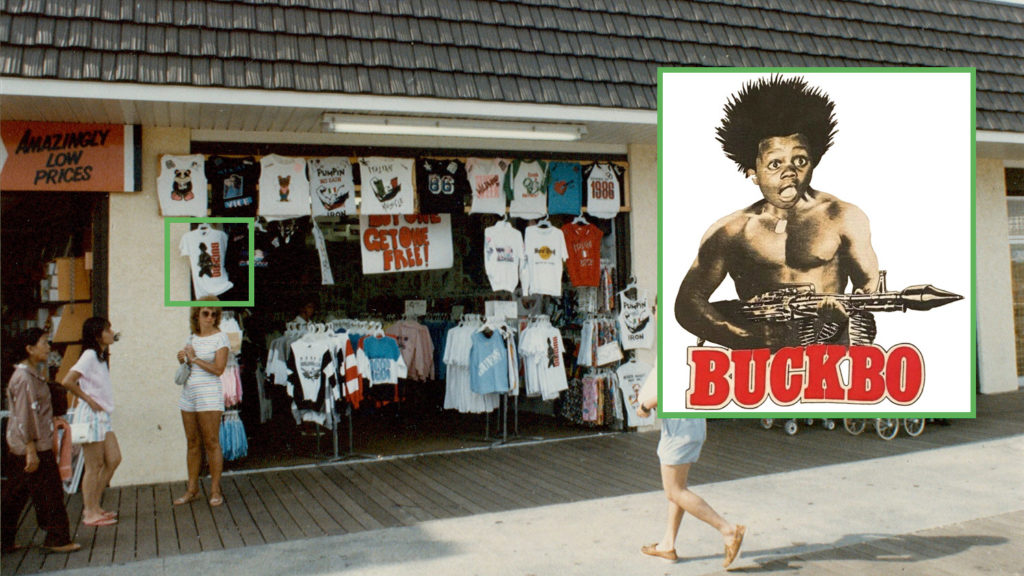
Buckbo. Billy Thomas played Buckwheat in the Our Gang comedies for a decade starting in 1934. How’d he end up on a t-shirt mashup 50 years later? The Little Rascals remained popular on television as syndicated filler well after production ceased in 1944. A 1977 Little Rascals book sold 52,000 copies. In the 1980s, the shorts still aired on both cable and over-the-air TV.
Eddie Murphy did a Buckwheat parody for Saturday Night Live sketches starting in 1983, giving the character new life. Meanwhile, the tremendously titled Rambo: First Blood Part II made $150 million at the box office in 1985. Both were cultural forces in the 1980s, albeit ones that would seem to exist on parallel tracks. But the ’80s were weird, so it only made sense to… combine them? As you can see, the shirt comes in horizontal and vertical versions.
One must be careful when purchasing a t-shirt on the Wildwood boardwalk. Always ask the question, “Is this shirt kinda racist?” In the case of the Buckbo shirt, people did feel that way: In May 1988 a Moscow, Idaho, J.C. Penney pulled its Buckwheat t-shirts after customer complaints; an AP report identifies a “Buckbo” shirt among them. From this evidence we can learn one thing: The Buckbo t-shirt fad was big enough that it 1) made it to an Idaho J.C. Penney and 2) lasted at least two years. (Buckwheat parody t-shirts were apparently all the rage. Here’s a Beastie Boys/Buckwheat shirt for sale on eBay; here’s a Spuds MacKenzie/Buckwheat shirt.)
Also, here’s a photo of Dee Snider wearing a Buckbo t-shirt.
In a followup, Snider said that “sadly” he did not have it anymore.
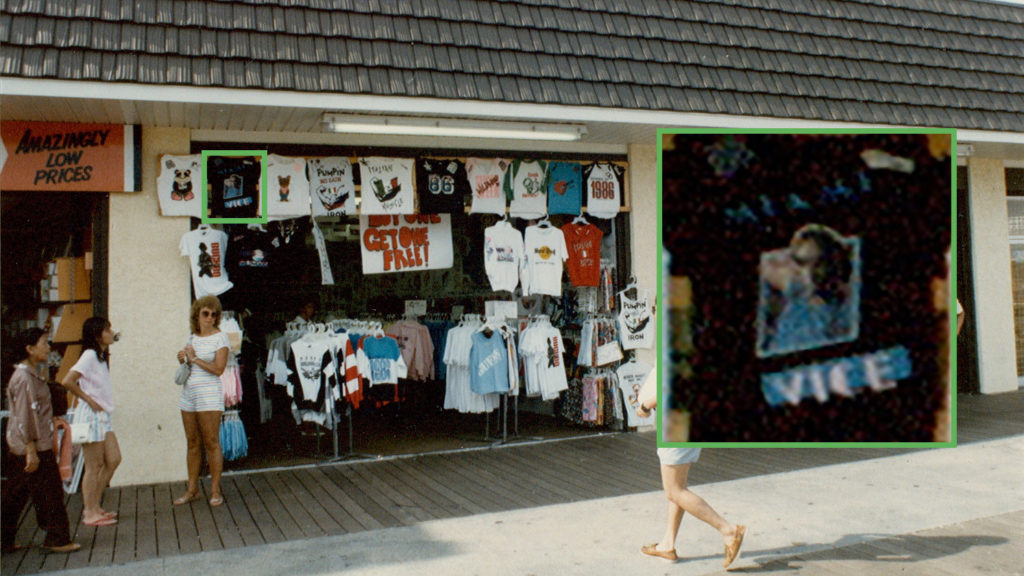
Miami Vice. This was actually a harbinger of popularity rather than a reflection of it. Miami Vice wasn’t in the top 30 shows in terms of television ratings for the 1984-85 season, but a summer of t-shirts on the Wildwood boardwalk (and, presumably, Miami) had it in the top-10 most-watched programs by the next year. I think that’s Crockett.
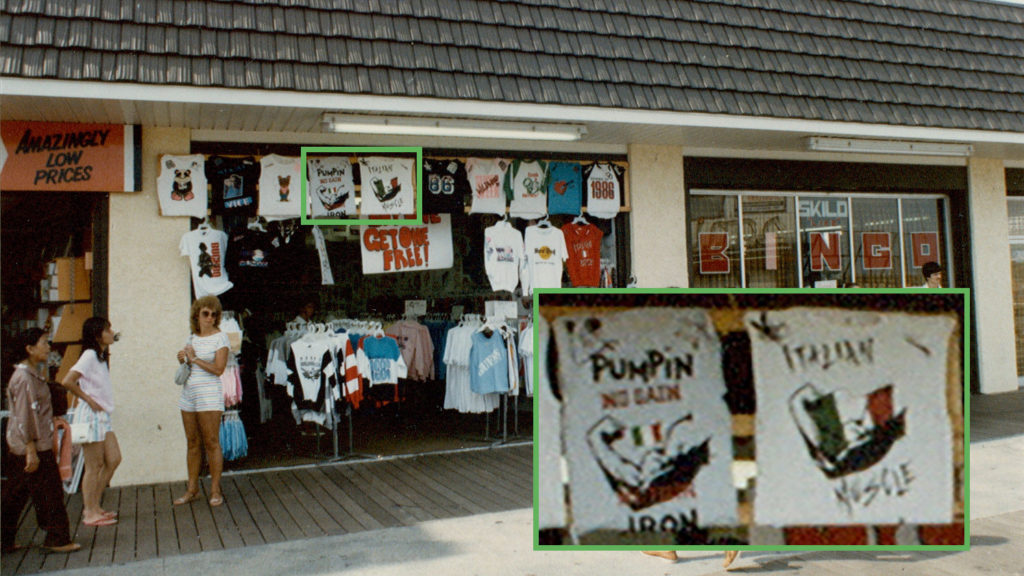
Pumpin’ iron and Italian muscle. A forerunner of the modern-day “Suns Out, Guns Out” t-shirts, the muscle drawing on these shirts appear to be based off promotional photos of Arnold Schwarzenegger made for the 1977 film Pumping Iron. Nothing says “Italian muscle” like Arnold!
One of the shirts reads, charmingly, “No gain, no pain.” That seems backwards, but it’s actually closer to the original Ben Franklin quote.
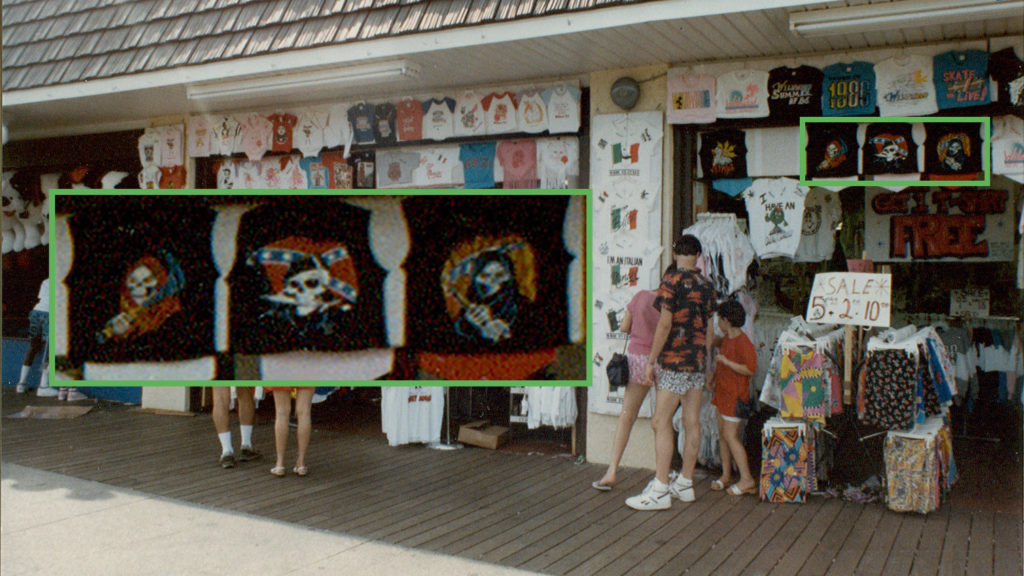
Confederate flag garb. Sometimes it’s not so hard to tell when a shirt is racist. By 1986, the variant of the Confederate battle flag was ingrained in American culture. A Civil War merch seller estimated that June that 100,000 items with the flag were sold per year. New Jersey’s status as a union state makes it tough to defend Wildwood confederate flag shirts as Southern pride, but they’re still for sale today.
In 1986, a Florida resident told the Orlando Sentinel why he had a confederate flag on his car: “To me it’s more a geographical thing than a racial thing, though there are some racial connotations to it.”
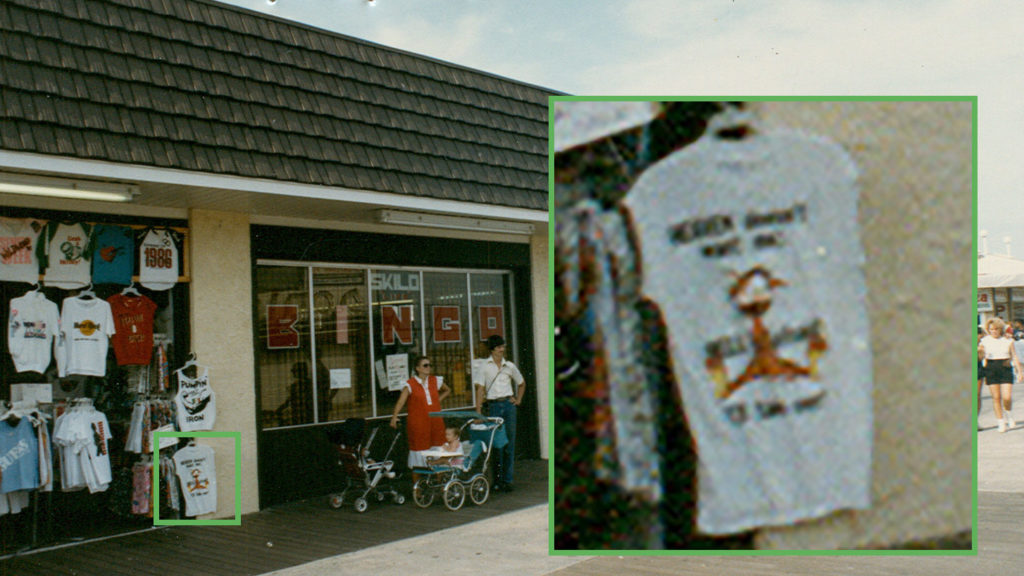
Bill the Cat. Berkeley Breathed’s comic strip Bloom County ran throughout newspapers in the 1980s. Bill the Cat was meant to be the anti-Garfield—Breathed hated Garfield and its merchandising craze—but ended up on merchandise anyway. Sorry, Berkeley!
The text on the shirt reads “Heaven doesn’t want me — hell’s afraid I’ll take over.” Imagine how much funnier this shirt would be if it had Garfield on it.
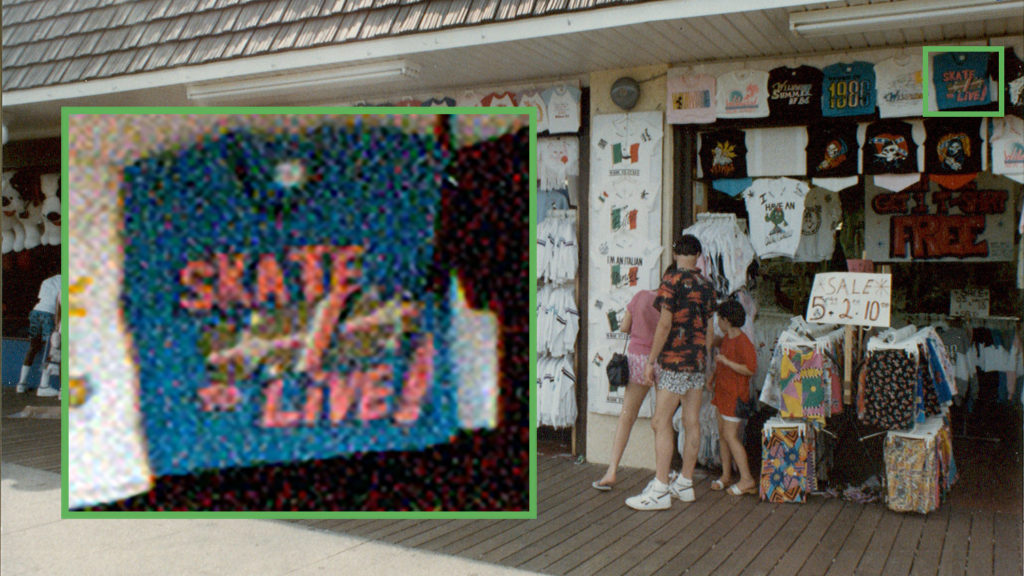
Skate To Live. This is the Supreme of its day.
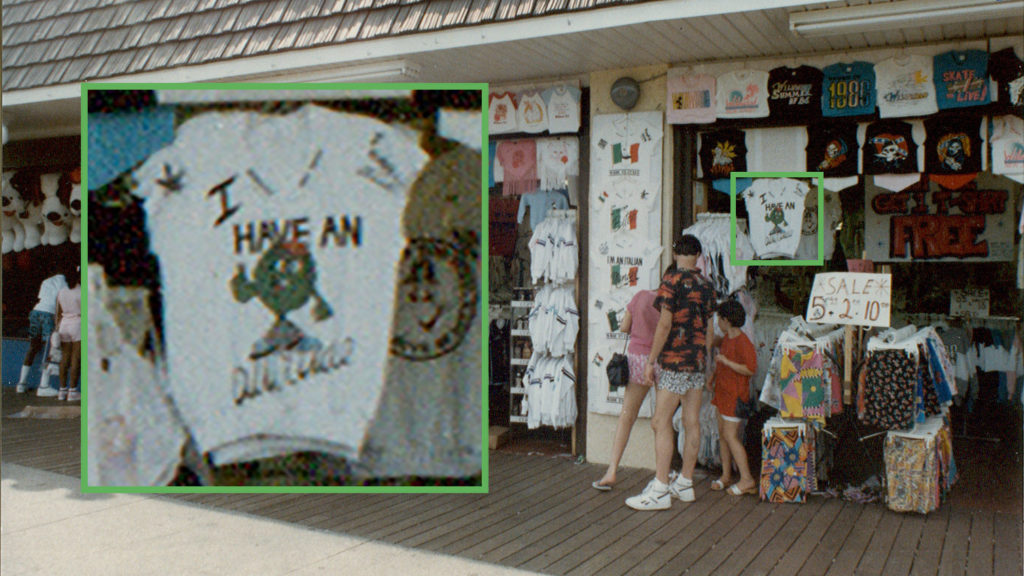
I Have An Attitude. I spent three hours last night trying to figure out who this character is. A knock-off Mr. Men guy? Help.
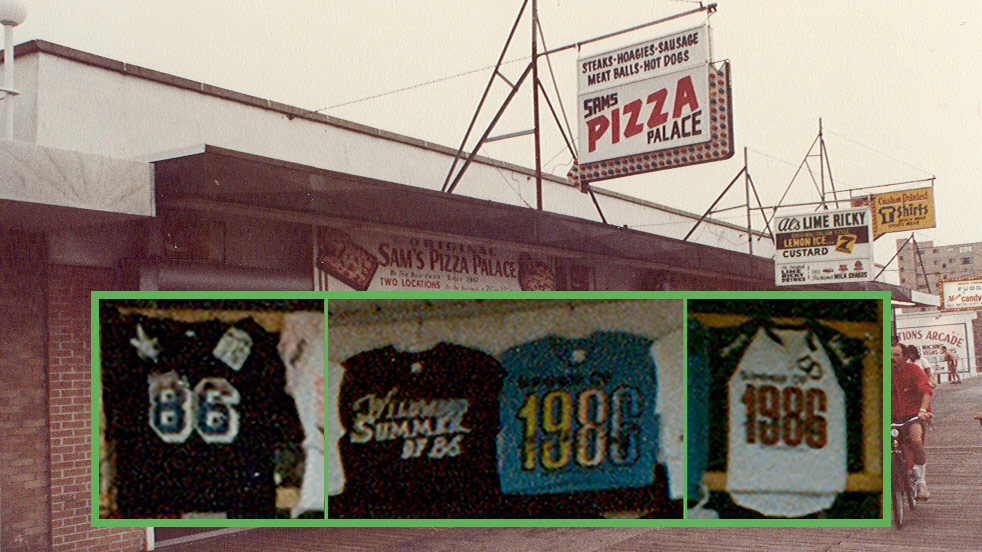
1986 Wildwood tees. A lot of my attraction to Wildwood has to do with my own feelings toward the resort and the personal nostalgia I have for the city. Thinking about Wildwood connects me with my parents, with their parents, with old friends I never talk to anymore, with my wife. I dragged her to a near-empty Wildwood in October a few months after we first met. I bought her a neon “Turn down for what?” hoodie.
My mom tells me I did go to Wildwood in 1986. It was our first time staying at the Port Royal, a beach hotel in Wildwood Crest my parents still book every year. Obviously I don’t have any memories of that trip—I do remember this was around the time a photo of our family friends ended up in the brochure for the hotel—but those old 1986 t-shirts do make me think of my own senior week.
It was 2000. We stayed on a teen-heavy stretch of 26th Street, the border between Wildwood and North Wildwood. We rented a room in a dirty old motel for $125 a week. (Unlike my parents decades earlier, I got my $25 security deposit back.) A few months earlier, we went to Wildwood after the prom. The year before I went down with two of my friends; we teased my buddy endlessly about the McDonald’s parody MadCow’s shirt he bought. Really, we were just jealous he could still attract all the girls while wearing that stupid shirt.
None of these were particularly great moments of my life, but looking back makes me think of the potential of youth. Once I was one of those young partygoers dodging authorities, even if by the time I was a teenager Wildwood could no longer hold me in jail overnight for breaking curfew. Once my parents were those people. I feel connected through the years.
Or not. They’re just t-shirts.


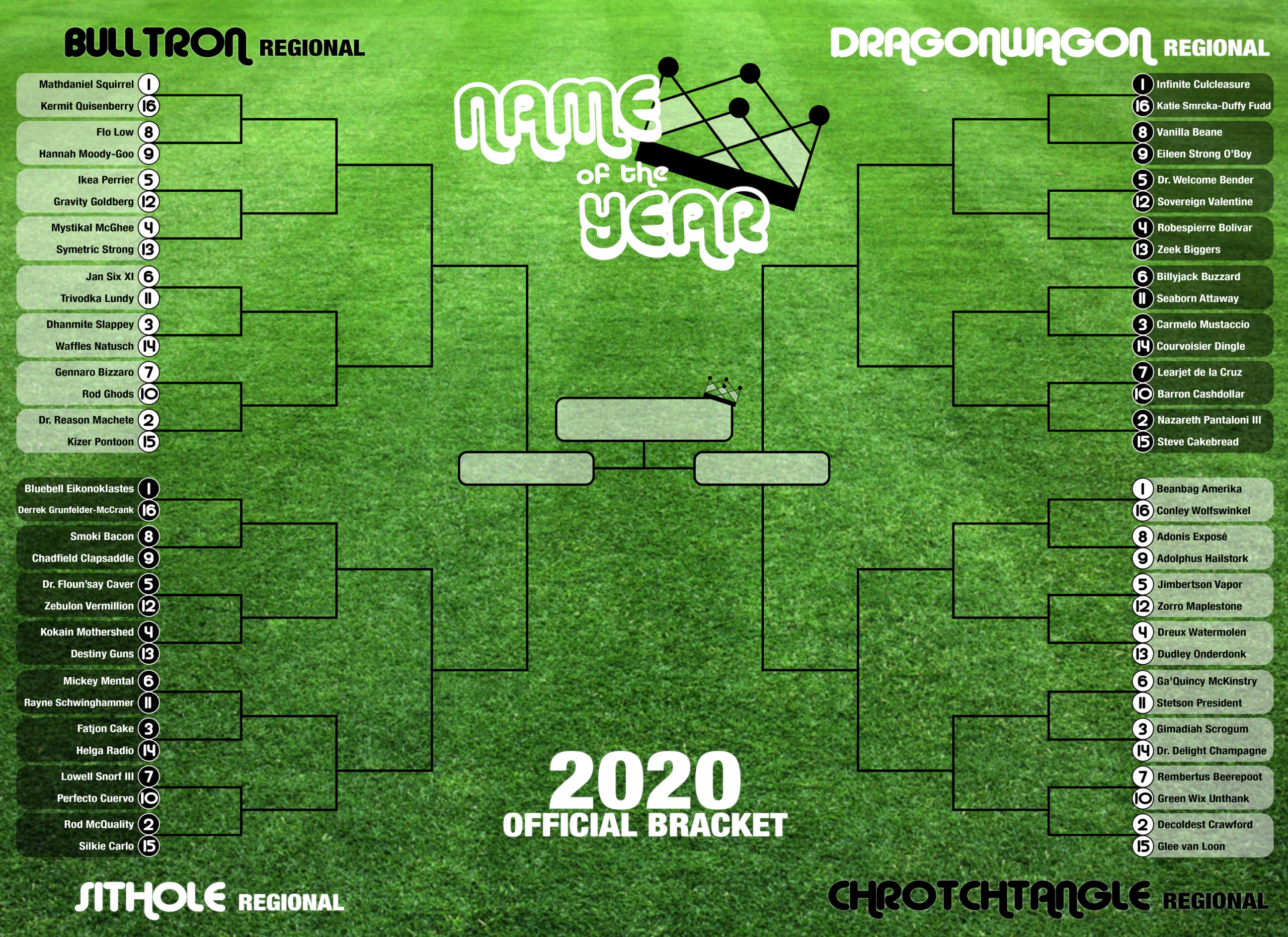
Mitch Gaylord Perry Mason Crosby Stills and Nash says:
My bother had that Buckbo shirt when we were kids. His 12 year old self didn’t see the racism in it at the time. The 80s were strange dude.
April 22, 2020 — 1:08 pm
ROOSTER says:
I had one around the same age. I didnt think anything about it. Also realize now how close it was to Sambo. Dang.
April 22, 2020 — 2:17 pm
Christopher Buecheler says:
This is one of those classic Deadspin-style posts where I’m like “I don’t even know if I want to read this” and then I consume the entire thing and wish it was twice as long.
April 22, 2020 — 1:10 pm
a pseudonym says:
Right? Why is this over? Why is Deadspin over?
April 22, 2020 — 1:24 pm
Corbin says:
Because Jim Spanfeller is a Herb
April 22, 2020 — 2:45 pm
Christopher Buecheler says:
He’s right, you know.
April 22, 2020 — 2:53 pm
BlueDogCollar says:
Spanfeller/Maidment killed a previous review of Wildwood T shirts:
https://www.inquirer.com/sports/deadspin-drew-magary-dan-mcquade-barstool-sports-dave-portnoy-20191031.html
They see to have had a problem with McQuade’s stuff for some reason — in this podcast, Megan Greenwell speculated that his little video about the chonky cat was what finally drove Spanfeller all the way into Colonel Kurtz territory:
https://slate.com/podcasts/hang-up-and-listen/2019/11/the-end-of-deadspin-on-hang-up-and-listen
April 22, 2020 — 5:02 pm
Samson Balishag says:
That’s wild they had a problem with McQuade, because last year I spent a week raving about his piece on the Mike Scott fight and got non-sports friends and family to check it out. It was a great item. Spanfaller’s a jackass.
April 23, 2020 — 12:58 am
30 Helens disagreeing says:
That’s so funny because I was *just* thinking about how I never ever watched the videos on Deadspin, but I watched that chonky cat one. And I ended up watching it like three times since I found both Dan McQuade and that cat so charming.
April 23, 2020 — 5:14 am
Bee says:
I have very similar memories. We went to either Wildwood or Point Plesant every year. I remember my mom bought a “Ive got PMS and a Handgun. Don’t cross me” tee
April 22, 2020 — 1:15 pm
Quimbershoot says:
When I was living in fucking CONNECTICUT, I saw people driving around with Confederate flags on their cars.
At that point, they just really want to tell everyone around them that they’re racist
April 22, 2020 — 1:22 pm
POZ says:
At first glance the “I have an Attitude T-Shirt” seems like a California Raisin character.
They were HUGE around then.
April 22, 2020 — 1:29 pm
POZ says:
It’s either that or a marijuana bud…I just noticed now there is a leaf in the upper left corner.
April 22, 2020 — 1:33 pm
Chris says:
I never went to Wildwood as a kid because I grew up near Baltimore so we went to Delaware or Ocean City MD instead. But for some reason my high school band teacher had us all go up to Wildwood every spring and then play in Cape May (guess the lodging there was too expensive). Let’s just say the chaperones pretended to chaperone and we pretended to be chaperoned.
April 22, 2020 — 2:04 pm
Pippers says:
During a trip to a similar destination (Ocean City, MD) circa 2000 I bought myself a Simpsons-Soprano’s mash-up t-shirt. I was a teen, and on a Boy Scout trip, so that seems to have precluded me from buying one of the truly raunchy ones, though I do remember a friend buying one that said “Bureau of Alcohol, Tobacco, and Firearms” (with the first letters ATF bolded), “Who’s Bringing the Chips?” I didn’t like that one because I didn’t like guns then. I was ill-cast as a Boy Scout.
Here’s what the Simpsons t-shirt looked like: https://www.ebay.com/itm/Vintage-Simpsons-Sopranos-T-Shirt-Mens-Large-TV-Show-Bart-Tee-/123832784383
April 22, 2020 — 2:13 pm
amoralpanic says:
Ha, I also bought this shirt as a teen at OCMD in 2000.
April 23, 2020 — 11:33 am
Luigi says:
I went to Wildwood most summers from 1975 to 1995(ages 1 to 21) and getting a t-shirt on the Boardwalk was a yearly thing but I have no recollection of the Buckbo shirts or the Buckwheat tv-shirt craze. I do remember Spuds MacKenzie shirts being the thing in the summer of 1987, including many that had Spuds snorting cocaine along with some sort of cocaine themed pun.
Also from these pictures you can see where the summer of 1986 was the dividing line of the Magnum PI nut hugger shorts and the longer baggy Jam shorts
April 22, 2020 — 3:17 pm
Robert says:
Do you remember all the haunted attractions and rides? From 1975-1995 they had a bunch. Do you remember Hunt’s Pier and Fun Pier? Two punks burned down Castle Dracula on Jan 16, 2002.
April 25, 2020 — 2:57 am
David says:
As a kid growing up in Virginia in the ’80s, the Confederate battle flag was just always there. I didn’t think anything about it, and the same is true with all of ther other Confederate reminders (Jefferson Davis Highway, Fairfax HS was the Rebels, etc.). Of course now I know better and understand what it means, but a part of me does think of the battle flag as being a regional identification marker. I also know that all of the assholes in Upstate NY who I see with them now are just racist assholes.
April 22, 2020 — 3:32 pm
Larry Dallas says:
I was wearing a Bill the Cat shirt in 1986 at a Dead Kennedys gig when the local constabulary stormed in to break it up. I got a face full of mace and was thrown head first into a wall. I miss that t-shirt
April 22, 2020 — 4:27 pm
Emma says:
That Bill the Cat shirt would look amazing with Garfield too. I’m reminded of this shirt that renders the name of the anime Neon Genesis Evangelion in a Garfield font: https://nextlevelshirt.com/wp-content/uploads/2020/01/Classic-245.jpg
I love it very much and I love these Wildwood articles very much even though I’ve never been anywhere near Wildwood. I’ve been to Destin and Panama City Beach because that’s where Atlantans go when we want beaches, which also means a large share of Confederate flag stuff even in the early 2000s when I went 😬😬😬
April 22, 2020 — 10:13 pm
Robert says:
Panama City Beach had Miracle Strip park but it closed and was leveled. Wildwood still has some amusement piers with rides. They lost Castle Dracula to fire on Jan 16, 2002. PCB had an attraction called Castle Dracula and it burned in 1987. I suppose though that you are young and probably never heard of it until I told you. I like haunted attractions. Wildwood has a walk through Ghost Ship now. It takes up to a half hour to go through.
April 25, 2020 — 3:04 am
Robert says:
Emma, the haunted castle ride from Miracle Strip survives, it was rebuilt at a haunted attraction in Oxford, Alabama. Did you ever go to Miracle Strip before it closed? They also had a walk through haunted house called Old House but it was torn down in the late 90’s.
April 25, 2020 — 3:08 am
biff_wonsley says:
Always ask the question, “Is this shirt kinda racist?”
Words to live by.
April 22, 2020 — 10:33 pm
Shrieks says:
Did they keep the Big Johnson shirts inside because they were more expensive?
April 22, 2020 — 11:01 pm
Drew says:
if ever have i wished this was a longform. hell – a novella. excellent stuff, man.
April 25, 2020 — 3:43 am